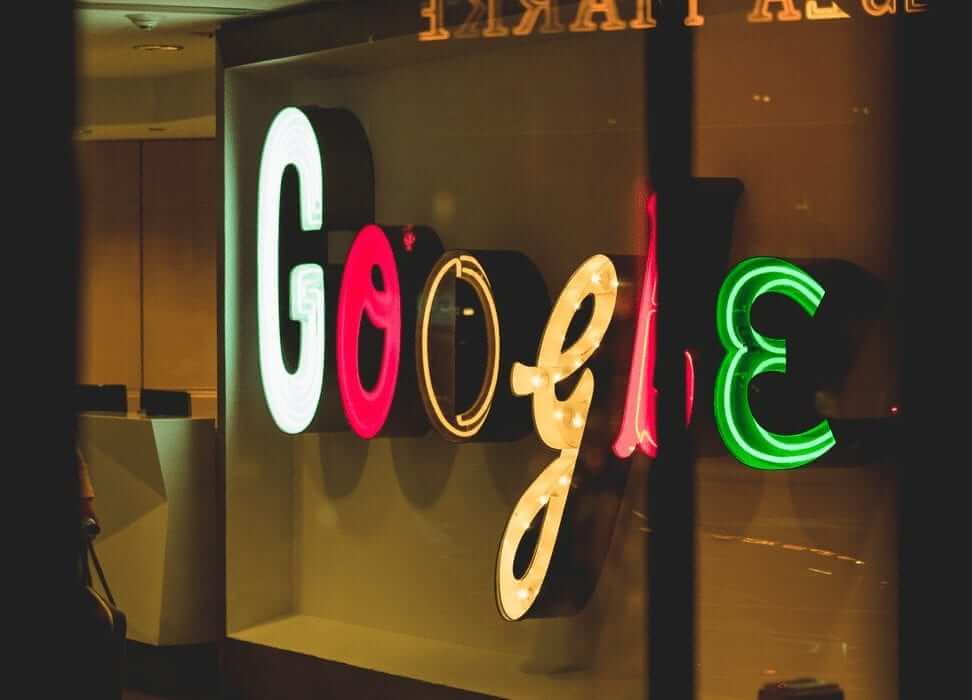Many companies claim that their talent is one of their most valued assets, but how many back that up with concrete actions? According to Laszlo Bock, head of Google’s People Operations, their TGIF (Thank God It’s Friday) meetings might have something to do with the company’s active and engaged employees. Here’s a snapshot of what goes on during these TGIF meetings that we’ve gathered from an interview with Bock:
- Upper management shares private information. According to Bock, Founders and most senior executives will stand up during TGIF meetings to share a recap of what happened over the week with the entire company. Bock explains that Google gives more information to its employees than what most companies would feel comfortable sharing, including a lot of information that would never be shared publicly. It can include anything from what’s happening with Google’s products to what they have learned from their mistakes or technical issues they’re facing. Google trusts its employees to use this information judiciously, which creates a sense of ownership and transparency in the company.
- An open Q&A session takes place. During this session, anyone in the company can ask any question, from asking about Google’s strategy in a particular country to asking about healthy options at the company cafeteria. Google uses a program called Google Moderator, where anyone can submit a question and everyone votes on it. This way, the founders and senior executives are getting the opportunity to hear the questions that are most pressing to the employees.
- Consistency builds confidence. The TGIF meetings take place every single week, which gives the employees a sense of consistency as to when they will hear from its upper management.
Takeaway: If you’re looking for ways to show you value your employees, share important information on a regular basis. To further increase transparency, give employees access to upper management and encourage them to ask questions.
_____
About the Author
This article was produced by NOBL, an organizational design firm that unleashes the creativity and capability of teams through new ways of working.





























